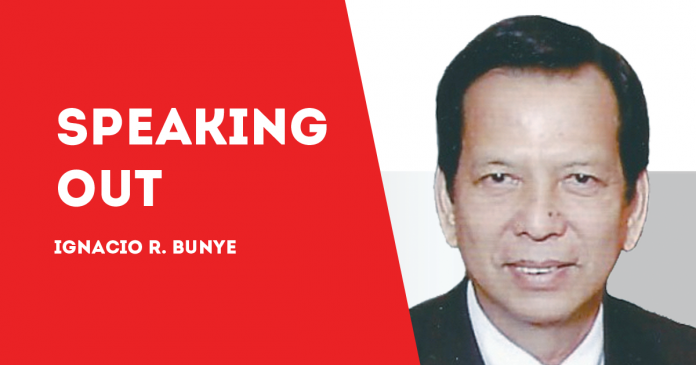
BY IGNACIO R. BUNYE
THE ISSUE of cellphone snatching has become a pressing global concern. This realization hit home during a recent BPI Direct BanKo board meeting when Director John-C Syquia joined us from London via Zoom. Our pre-board small talk touched on the latest happenings in the British capital, including the alarming surge in cellphone snatching.
Curious, I turned to Google for more information. The BBC confirmed that London has indeed seen a significant increase in such crimes. According to the Metropolitan Police, phone thefts have more than doubled in some parts of the city. The most common methods include pickpocketing, table surfing, and snatches by criminals on mopeds.
The areas most affected by phone thefts in London are Westminster, Camden, and Southwark, with Westminster alone accounting for over a third of the cases. The Metropolitan Police attribute this rise in crime to the high value of mobile phones and the ease with which they can be resold.
London is not alone in facing this challenge. Other major cities around the world have also reported a rise in cellphone snatching:
* New York City, USA: Significant increases in phone snatching, particularly in crowded areas like Times Square and on public transportation.
* Paris, France: A rise in phone thefts, especially in tourist-heavy areas such as the Eiffel Tower and the Louvre.
* Barcelona, Spain, and Buenos Aires, Argentina: Similar trends observed.
* Manila, Philippines: Recent reports identified España as having the highest cellphone theft density. Thieves often work in pairs, with one person distracting the victim while another snatches the phone. On another crowded street, I witnessed a phone snatcher casually walking along vehicles waiting for the green light, grabbing an unwary driver’s cellphone.
These cities have been implementing various measures to combat the issue, including increased police patrols, public awareness campaigns, and urging phone manufacturers to enhance security features. As cellphone snatching continues to rise globally, it is crucial for both authorities and the public to remain vigilant and proactive in addressing this growing concern.
For phone users, here are some suggested safety precautions:
1. Stay aware of your surroundings. Be mindful of your environment, especially in crowded places or areas known for theft.
2. Keep your phone secure. Use a secure pocket or bag to store your phone. Avoid leaving it on tables or in easily accessible places.
3. Use a phone case with a strap: A case with a wrist strap can make it harder for thieves to snatch your phone.
4. Enable security features. Activate features like Find My iPhone (iOS) or Find My Device (Android) to locate your phone if it gets stolen.
5. Use strong passwords and biometrics. Set up a strong password, PIN, or biometric lock (fingerprint or facial recognition) to prevent unauthorized access.
6. Avoid using your phone in risky areas. Try not to use your phone in areas where theft is common, especially when walking or using public transportation.
7. Install anti-theft apps. Consider installing apps that can help track your phone, remotely lock it, or erase data if it gets stolen.
8. Keep a record of your phone’s details: Note down your phone’s IMEI number, make, and model. This information can be useful for the police if your phone is stolen.
9. Be discreet. Avoid displaying your phone unnecessarily in public, especially in high-risk areas.
By following these precautions, you can reduce the risk of your phone being stolen. (totingbunye2000@gmail.com)/PN







